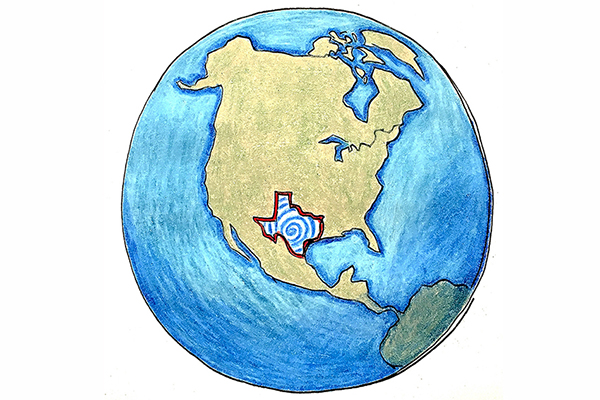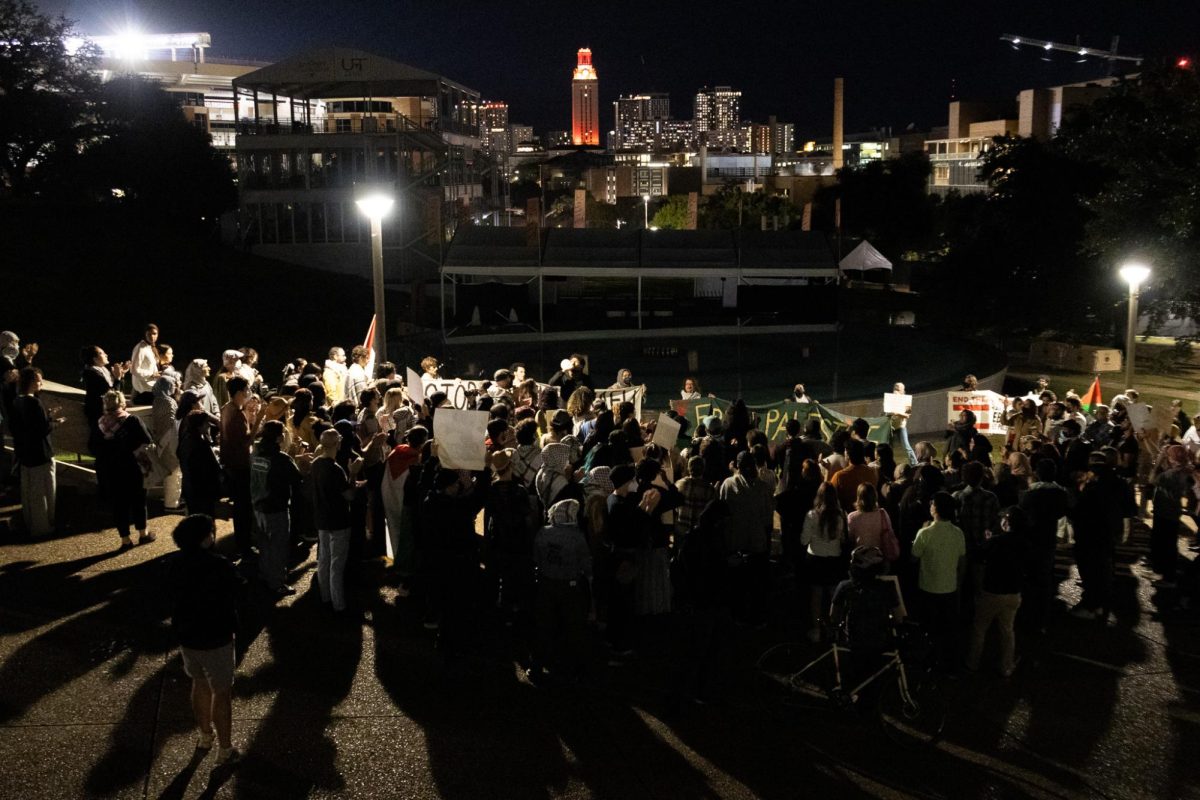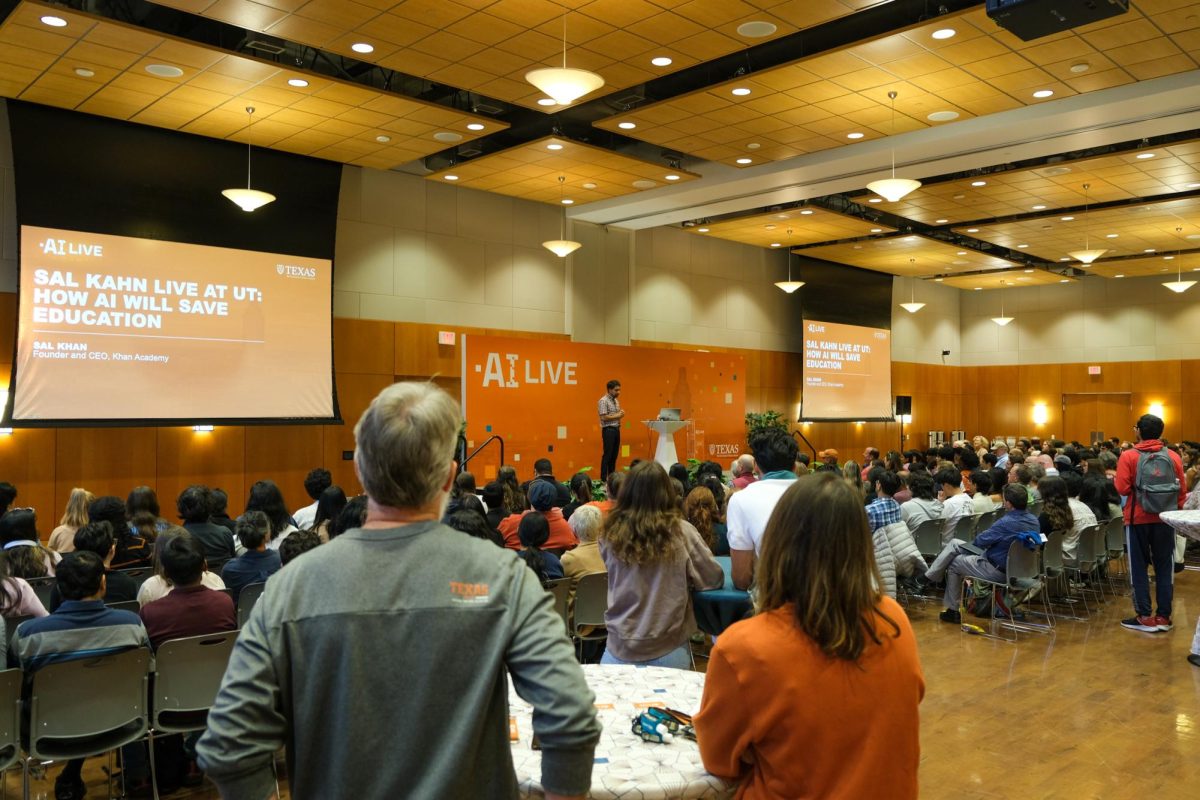After this year’s natural disasters, including a heightened hurricane season and Western wildfires, Student Emergency Services reached out to potentially impacted students.
“Whenever there is a natural disaster, our staff monitors (the event),” SES assistant director Ashley Jones said. “If it is a concentrated portion of students (affected), then we actually pull data to find out permanent addresses of students and send outreach.”
The Student Emergency Fund provides students a cash amount, ranging from $25 to $300 in financial relief, Jones said. Students who have experienced an unexpected emergency or hardship qualify for aid and can apply for the fund on the SES website or by calling the office, Jones said.
For the recent wildfires in California and Oregon, Jones said SES sent out individual messages to students from these areas to inform them of opportunities from SES.
“It’s not just a blanket amount that is provided, but it is connected to a specific need,” Jones said. “Maybe a student lost their textbooks due to flooding. Then we could consider ways in which the emergency fund could be helpful to supply those textbooks.”
During Tropical Storm Beta, SES used Twitter and other social media platforms to spread awareness about assistance in an effort to reach the large number of students from the Houston area, SES coordinator Michael Crosa said.
“Maybe you (had) to evacuate, that might involve the Student Emergency Fund covering the gas for that evacuation trip, or maybe our best fit is to make sure you have access to the UT Outpost,” Crosa said.
Crosa said SES also provides students with absent notifications, alerting professors of the students’ position due to a natural disaster or other emergency. The absent status of the student is ultimately up to the professor, but professors will typically give students a few days off for an emergency, Crosa said.
“If a student has to evacuate or they need to help their family, we can send professors notifications,” Jones said. “This is a letter of support and it is another level of validation that the student is not just (missing) class, that something significant is going on.”
This year’s hurricane season ties the 1916 record of nine named hurricanes making landfall in the United States, according to CNN.
Jay Banner, director of UT’s Environmental Science Institute, said observations show that on average, hurricane intensity has increased over time. Banner said human-caused warming of the atmosphere will warm the ocean surface, which is the fuel for hurricane intensity.
“If we continue with our ‘business as usual’ scenario (then) the best data, the best models, the best scientific information suggests that we will continue to see increasing intensity of hurricanes,” Banner said. “We can expect that trend of increase to continue if our fossil emissions continue.”
Jones said student experience with natural disasters vary, and SES takes on each case with a holistic approach.
“The whole nature of Student Emergency Services is that it is unexpected,” Jones said. “We try to plan as much as possible and make sure that students are aware of resources and support, but we also just adapt as needed to make sure that students are getting support they need.”


















